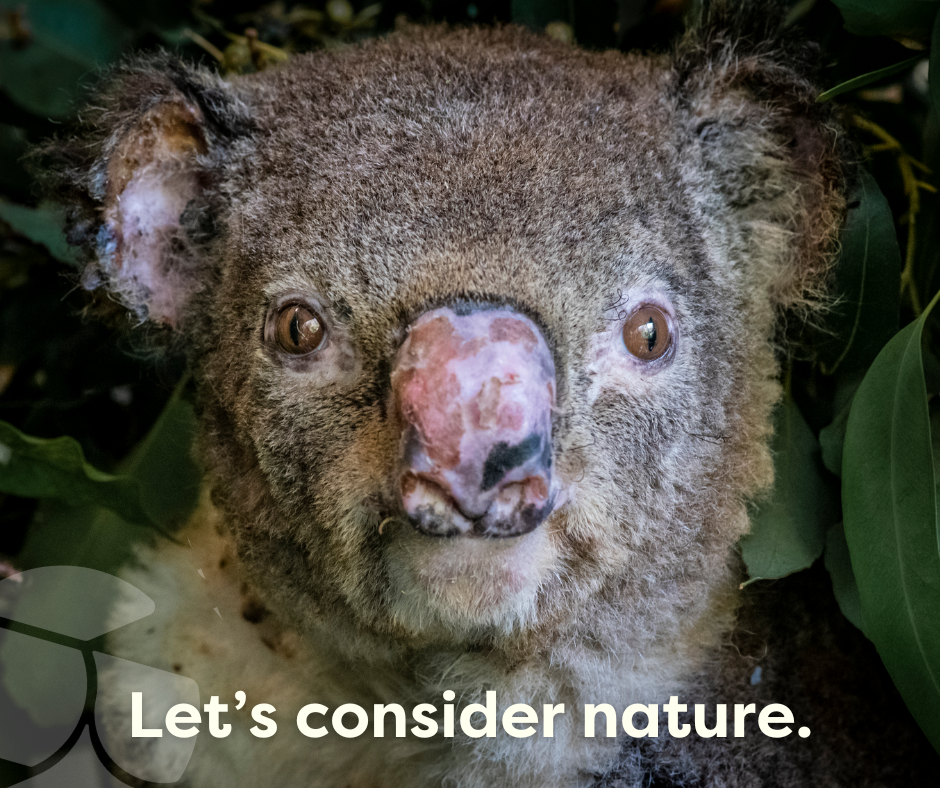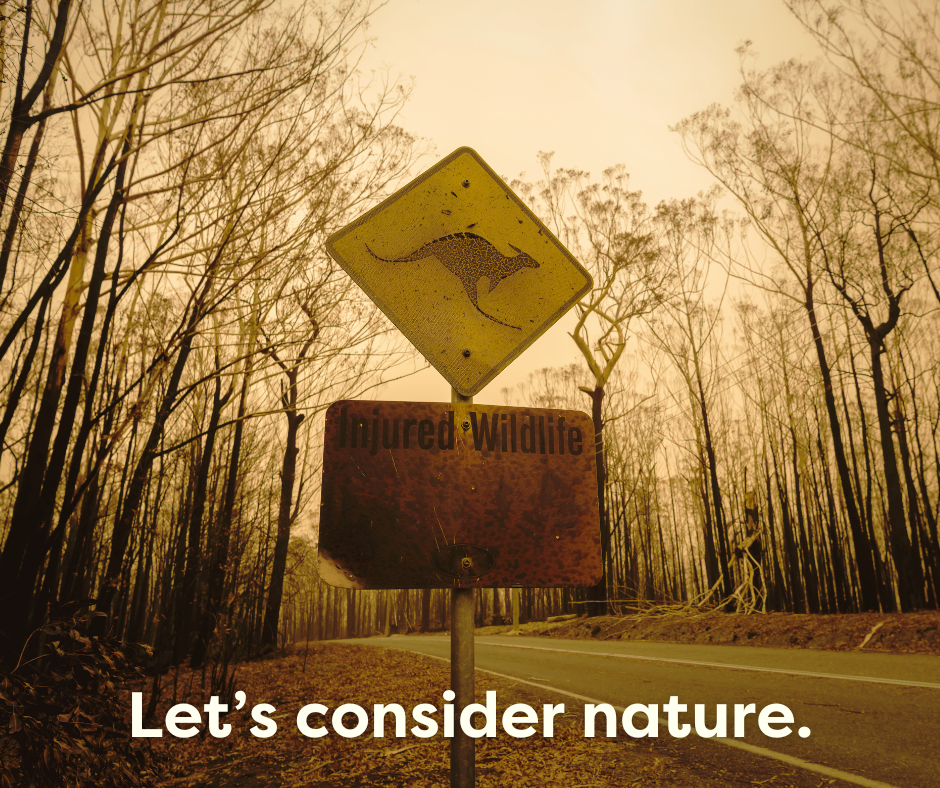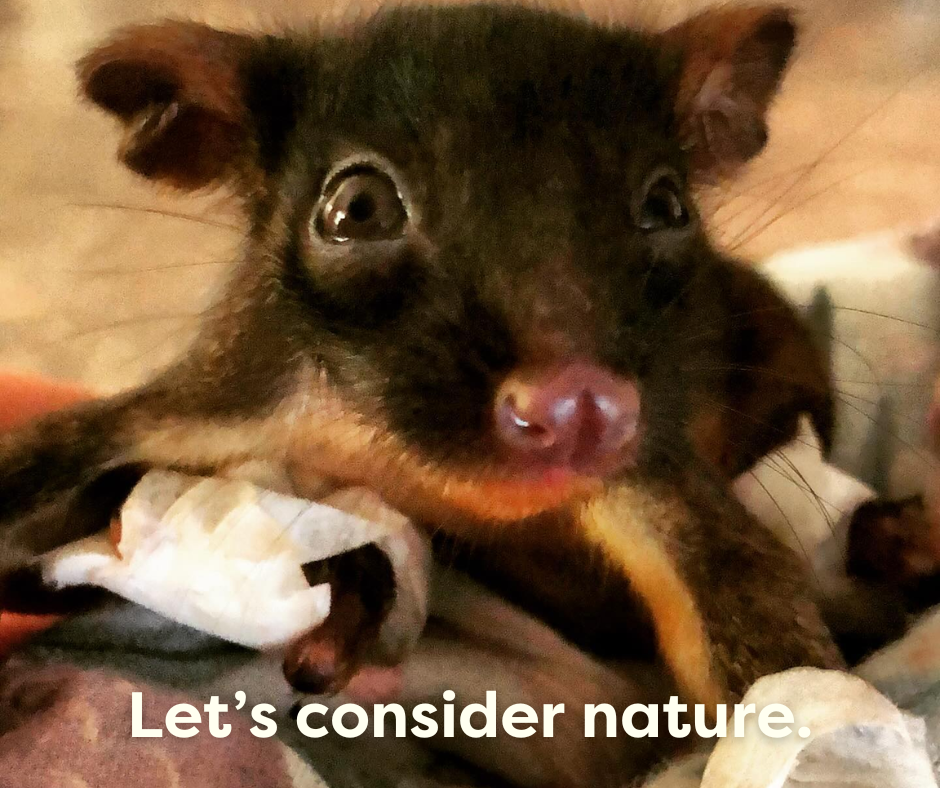


The Australian Government has charged South West NRM with the responsibility of ensuring nature on public and privately owned land in our region is given the best chance of survival during a natural disaster.
As the region’s peak environmental organisation, South West NRM has been engaged by the departments of Climate Change, Energy, Environment and Water (DCCEEW) and Agriculture, Fisheries and Forestry (DAFF) to prepare a Biodiversity and Agricultural Natural Capital Emergency Preparedness and Response Plan (EPRP).
The project comes in response to lessons learned from the 2019-2020 New South Wales and Victorian bushfire crisis after a group of scientists estimated some three billion animals were killed or displaced.
The World Wildlife Fund (WWF) has since labelled the event as one of the worst wildlife disasters in modern history.
South West NRM Sustainability and Environment Lead Linda Metz said our region was located within one of 36 internationally-recognised global diversity hotspots – and one of only two in Australia!
“That means we have a very high proportion of species found nowhere else on earth and also facing a high level threat of extinction,” Linda said.
“We have been working in this region for more than 20 years delivering environmental projects on behalf of the Federal Government.
“In one significant natural disaster, all that hard work to protect biodiversity here can be completely undone”.
“We’ve already seen the impacts on nature of events here in WA like the Northcliffe fire which severely impacted our highly threatened mainland quokka population.”
Linda said the aim was to identify ‘natural assets’ across the region – which could include animals, plants, agricultural soils, water, air – map actions already being taken to maximise preservation before, during and after an emergency and make recommendations for improvement.
“To do this work we have sought valuable input in the first instance from those organisations who traditionally undertake activities in the emergency management space such as the departments of Fire and Emergency Services and Biodiversity, Conservation and Attractions and local governments,” she said.
“Additionally we are seeking input from landcare groups, Traditional Owners, farmers and – community members.”
Community input on the Plan is being sought throughout April via South West NRM’s online engagement platform called Nature Voice.
To add your voice, visit our Nature Voice platform by clicking the button below.
